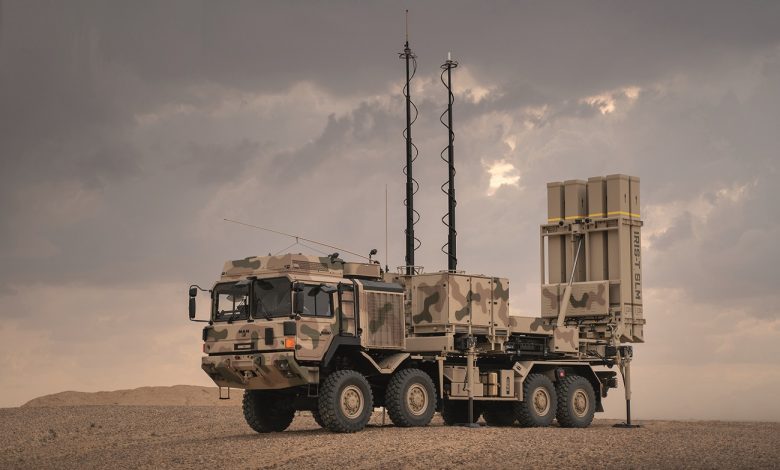Switzerland and Germany to Jointly Procure IRIS-T Air Defense Systems

Switzerland and Germany have signed an agreement for the joint procurement of IRIS-T SLM medium-range air defense systems from the German manufacturer Diehl Defence.
This was announced on July 3 on the official website of the Swiss government.
The procurement of these air defense systems will be carried out within the framework of the European Sky Shield Initiative (ESSI).
This agreement between the countries is a prerequisite for concluding a contract for the supply of the respective systems. Negotiations with the manufacturer are currently almost complete. The contract is expected to be signed in the summer of 2025.
Switzerland plans to purchase a total of five German IRIS-T SLM systems, which the country’s defense department has selected to strengthen its air defense capabilities.
The Swiss government stated that through joint procurement, the country would benefit from economies of scale and improved system compatibility.
It was noted that under the 2024 armaments program, a credit of 660 million francs was approved for the acquisition of medium-range air defense systems.





